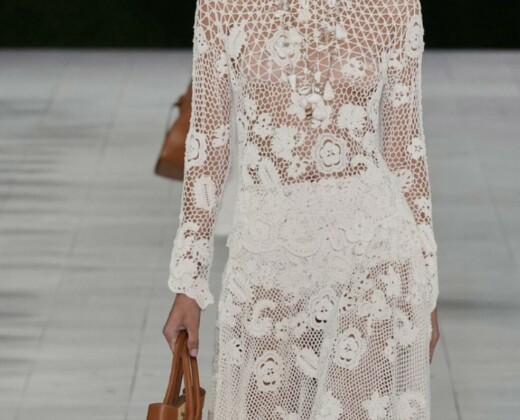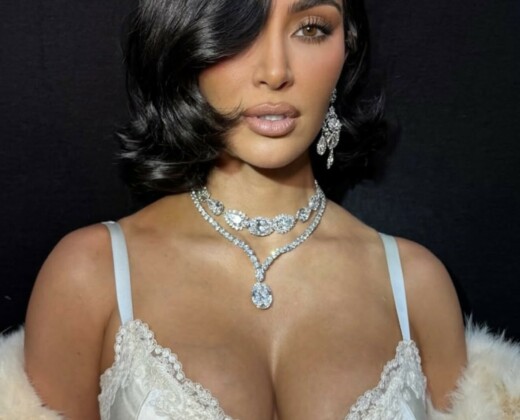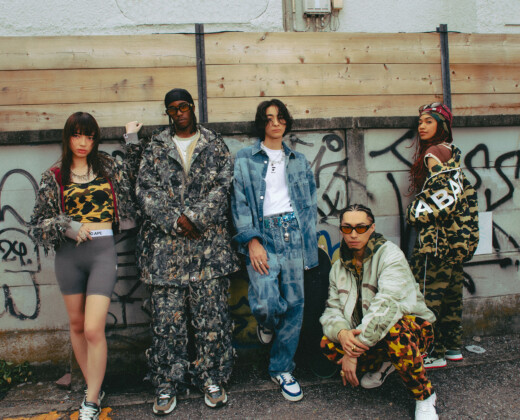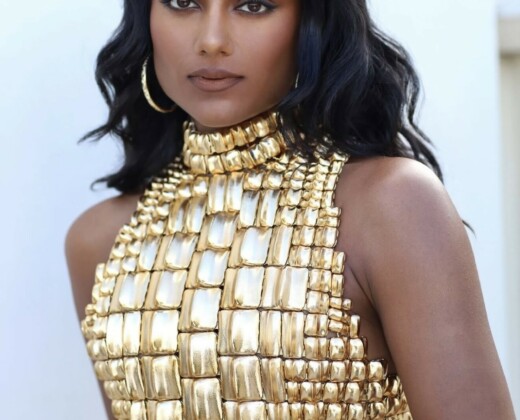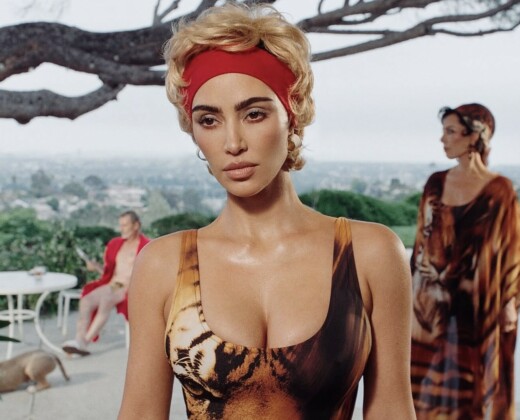Designers tend to fall into one of two camps. Though it would arguably be rather limiting to force them into the creative confines of one or the other, as a general rule of thumb, designers are either maximalists or minimalists. On the one hand, you have your Marc Jacobs, your Alessandro Micheles, your Giambattista Vallis, your Richard Quinns, who season after season offer flamboyant celebrations of extroverted prints and exaggerated proportions.
At the other end of the spectrum, the Rejina Pyos, the Mary-Kate and Ashleys, the Raf Simons, who continue to fan the flames of the cult of minimalism. Whether it’s a result of our desire for practical simplicity in the form of clean lines and monochromatic palettes that are driving the fervour for minimalism, or a renewed focus on perennial favourites and timeless investment pieces in response to the conversation around sustainability, the minimalist approach to style has become the sartorial zeitgeist of today. In many ways, it was Phoebe Philo’s arrival at Céline back in 2008 that heralded a new pervasive appreciation for practicalism, one that has left her a legacy as one of the most influential designers of recent decades after her departure from the brand in 2018, but it was in the ‘90s that a troupe of designers first triumphantly ushered in a wave of minimalism. Before Philo, before The Row, before Yeezy, there was Martin Margiela, Calvin Klein, Jil Sander.
But it was one designer in particular, Helmut Lang, whose mastery of pared-back experimentalism and foray into subversive power dressing in a post-80s era of established opulence first appealed to the anti-fashion crowd. Celebrated for popularising unconventional minimalism through utilitarian, structured designs and clever manipulations of fabrics, Lang first showed in Paris in 1986, and in the early ‘90s started bringing underground references onto the catwalk, blurring the once clear-cut lines between the streets and the runway.
His pioneering Spring/Summer 1992 collection was populated with fleets of inky black wet-look leathers and latex, translucent tights and loose, sheer-T shirts that grazed models’ bare breasts, playing on sexuality and offering a sharp contrast to the overstated silhouettes and excess of the time. It was in 1998 that Lang crossed the Atlantic to stage his first New York show – a move quickly followed suit by a generous handful of other designers and which permanently placed New York – which traditionally followed Milan, London and Paris – at the front of the fashion week calendar, a shift testament to his immeasurable influence on the industry at the time. For his Autumn/Winter 1999 show, his signature urban uniform that wedded minimalism and streetwear was punctuated with punchy hits of silver and tangerine orange in a masterful balance of colour and understated neutrals.
A vision marked by an anti-trend attitude and a pursuit of simplicity, Lang’s fascination with deconstructionism and urbanism manifested itself in a marriage of minimalistic staples with stripped-down streetwear and industrial-feeling silhouettes – timeless yet fiercely individual and woven with a rawness and authenticity. His juxtaposition of innovative synthetic fabrics – plastic-coated garments, laminated leathers, metal-blending textures – with wearable styling established an aesthetic that was at once forward-thinking and accessible.
Subverting traditional notions of luxury and glamour, Lang succeeded in creating a brand that was truly ahead of its time. One of the first designers to release co-ed collections, his clothes exuded androgyny and were imbued with a sense of rebellion and restraint in equal measures, an experimentalist courage that took the form of a sexy yet subdued allure. He shied away from decadence or ornaments, did without unnecessary embellishments and on several occasions nodded to BDSM in the form of latex, bondage straps and harnesses.
What made Lang’s brand so cool was a certain anonymity that his collections emitted. They were scrubbed clean and unadorned, giving them a longevity that allows his design signatures from two or three decades ago to fit with ease into a modern-day urban wardrobe – the iconic low-cut jean, the military bomber jacket, utility parkas, cargo pants – and explains why traces of his influence can be seen across the fashion landscape today. Balmain’s slashed biker jeans, Yeezy’s purist bodysuits and stockings in myriad flesh tones, The Row’s elevated power dressing, Alexander Wang’s grungy cargo pants, are all reminiscent of Lang’s groundbreaking minimalist approach that made him one of the most influential visionaries of his time.
Words by Ruby McAuliffe
Graphics by Katie Janes
, , , , , , ,


